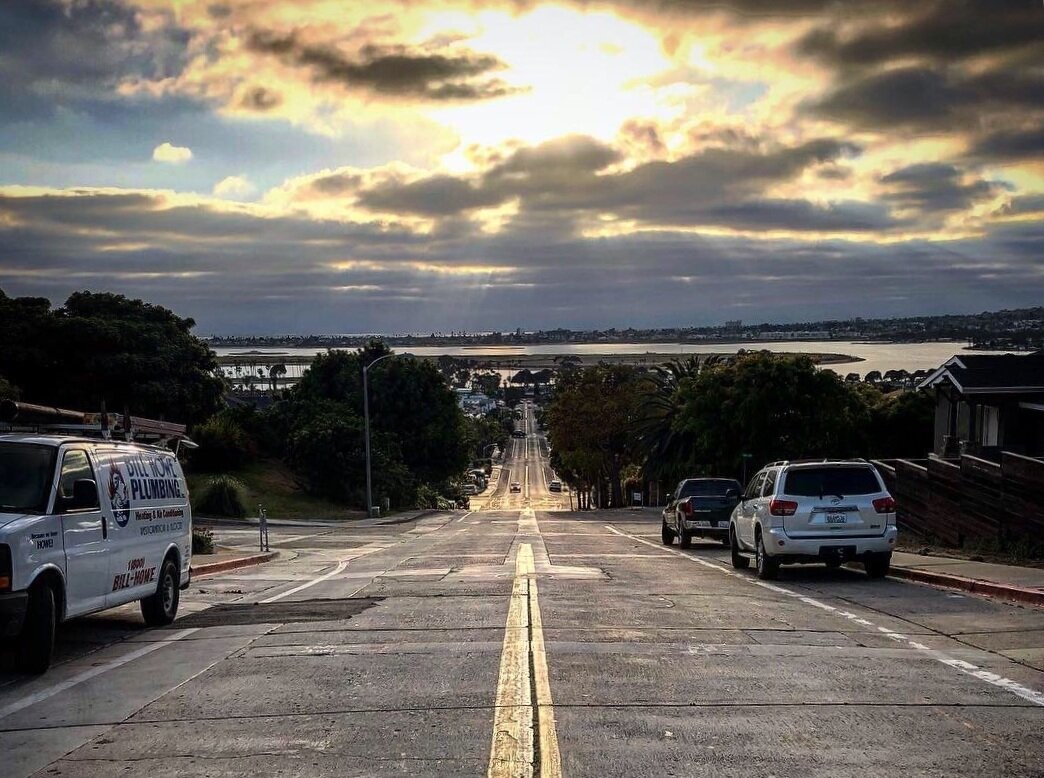
WRITING AFTER SUNSETS
For years, I maintained a separate blog called writing after sunsets as a place for my thoughts on writing, reflections on teaching, and an outlet for writing that matters to me in ways that make me want to control how it is published. It has also been, from time to time, a platform for the work of others I know who have something to say.
Now, with this site as my central base of online operations, I’m folding that blog into the rest of my efforts. All previous content is here for easier access, but the heart of writing after sunsets remains in both my earlier posts and those to come.
Books — Collaborative Worldbuilding for Writers and Gamers
In short, he did what good teachers do: he made the normal strange and the strange a way back to what his students thought they knew. And, in that class, was the seed that became his book Collaborative Worldbuilding for Writers and Gamers. Having seen this idea develop almost since its inception, it was really fun to tear into it while away on sabbatical.
As part of my sabbatical, I read widely and by choice, dipping into books I’ve wanted to get to but could not as well as several that came out recently. As part of my post-sabbatical reflections, I’ve written several short but specifically focused responses to some of what I read. These responses, like the one below, focus on one element each from a select list of readings and represent the best of what I encountered.
Collaborative Worldbuilding for Writers and Gamers
Trent Hergenrader, Bloomsbury Academic (2019)
Find the book here. Check out Hergenrader’s website here. And you can find the books we edited together with our friend Joe here and here.
Few ideas have influenced my creative writing instruction around the concept of setting more than those that have come in conversation with my friend and long-time co-editor Trent. Specifically, he is the number one apologist of the effectiveness of collaborative world building as an element of teaching and nurturing the creative process of writers at all levels.
A little backstory: when we were grad students together, Trent took a huge risk—at least in the eyes of the norm core English department establishment—and tied his critical studies to elements of RPG and video game theory.
Then he convinced the powers-that-be of course assignment to allow him to pilot what I would call a radical departure from the traditional creative writing course set up, rolling out a worldbuilding-based course that led his students creating a sprawling, post-apocalyptic version of Milwaukee replete with rules, characters, context, and guiding world principles from which thousands of stories could be written.
In short, he did what good teachers do: he made the normal strange and the strange a way back to what his students thought they knew. And, in that class, was the seed that became his book Collaborative Worldbuilding for Writers and Gamers. Having seen this idea develop almost since its inception, it was really fun to tear into it while away on sabbatical.
Part teaching manual, part transmedia universe theory, and part idea generator for creating richer, deeper worlds for stories and campaigns alike, Trent’s book is a practical balance of philosophical notions of how settings operate and pragmatic explorations of how to get the most out of hashing out the rules of an environment shared by a writer and her audience or a group of gamers gathered to play Dungeons & Dragons complete with a worldbuilding card deck.
Bigger, though, he makes the case for how immensely helpful it is to re-conceive preparing to tell new stories in this way:
“Imagine the collaborative worldbuilding process as the creation of an enormous story-generating machine. In this view, the act of worldbuilding is distinct and separate from conventional storytelling” (6).
And, along with being a helpful guide to opening up the creative process, the text also helps readers consider how the limitations to expressing their own worlds most effectively might lie within their own assumptions.
“Worlds are deceptively complex and we must be aware that our natural inclination is to generalize lived experiences….How we distinguish between worlds, what we identify as the rules of different worlds, and how social forces operate in a given world are all matters of importance” (16).
That’s why I suggest this book to my students; it benefits their art and their character in ways they probably aren’t expecting when they fold back the cover.


